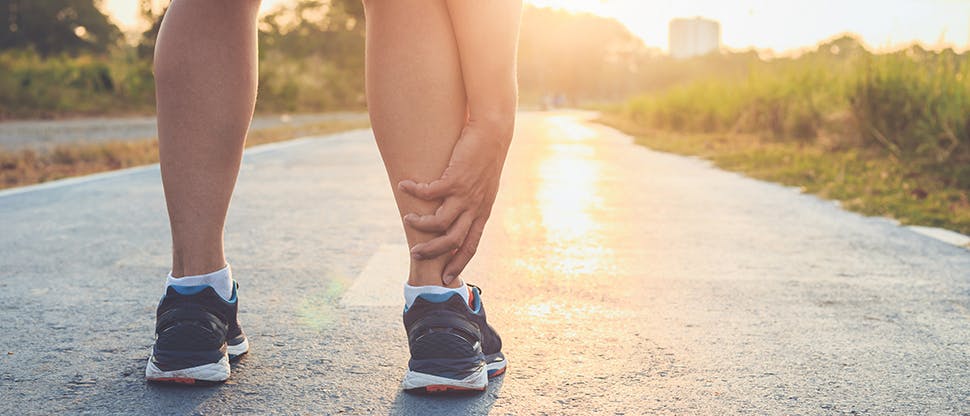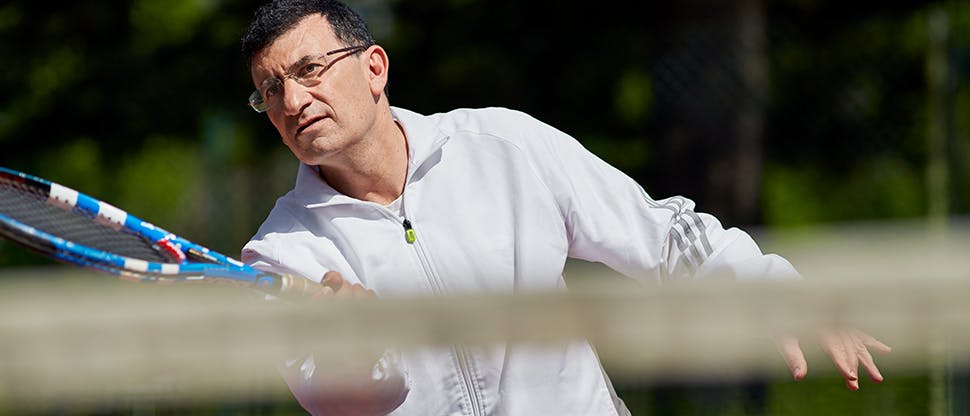Sprains and strains: Causes

Understand how sprains and strains occur
Knowing the causes of sprains and strains can help you identify these injuries, and therefore guide you to the most appropriate treatment for your patient.

Sprains and strains have specific causes
Soft-tissue injury involves a sprain, strain or direct blow to a muscle, tendon and/or ligament.1
- Sprains are caused by abnormal or excessive force applied to a joint1,2
- Strains occur when a muscle is stretched beyond its limit or has contracted too strongly1,2
- Overuse injuries, from repetitive friction, pulling, twisting or compression may also occur1

Sport is a common cause of sprains and strains, but not the only one
Soft-tissue injuries are common in sport.1,2 Indeed, muscle strains or overuse injuries account for around 50% of all injuries suffered during sport.3,4
However, these injuries can also occur through simple, everyday activities like over-stretching, tripping and falling or playing with the kids.2,3
Risk factors for sprains and strains
Understanding sprains and strains
Signs and symptoms
Explore an overview of how to recognise sprains and strains and when to refer patients.
Overview of joint and osteoarthritic pain
Find out about how joint and osteoarthritic pain are, and meet two patients with joint pain.
Learn more

Iodex Ultragel 1.16% is an Emulgel formulation
Used to treat Osteoarthritis pain, Low back pain and muculoskeletal pain.4-6
Educational Resources
The resources provided here will give you a deeper understanding of the science behind GSK’s pain relief treatments.
Patient care resources
Access a leaflet for your patients which can help them understand the causes of muscle pain and how best to treat it.